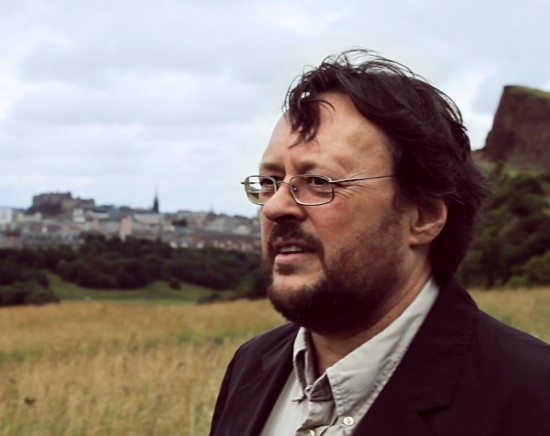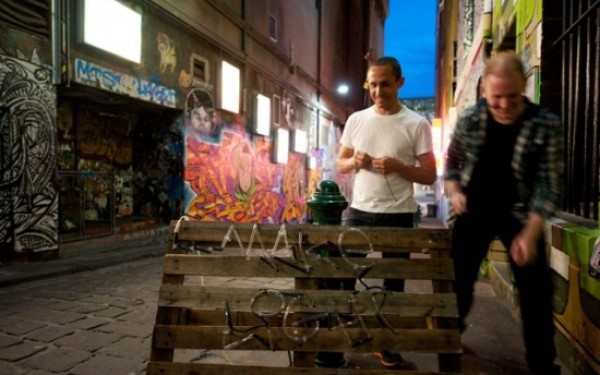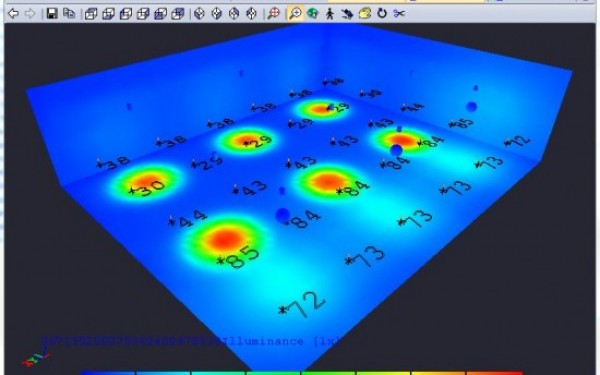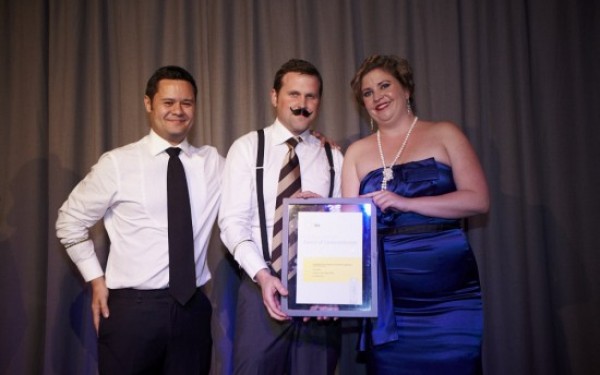Guest blog post by Kevan Shaw
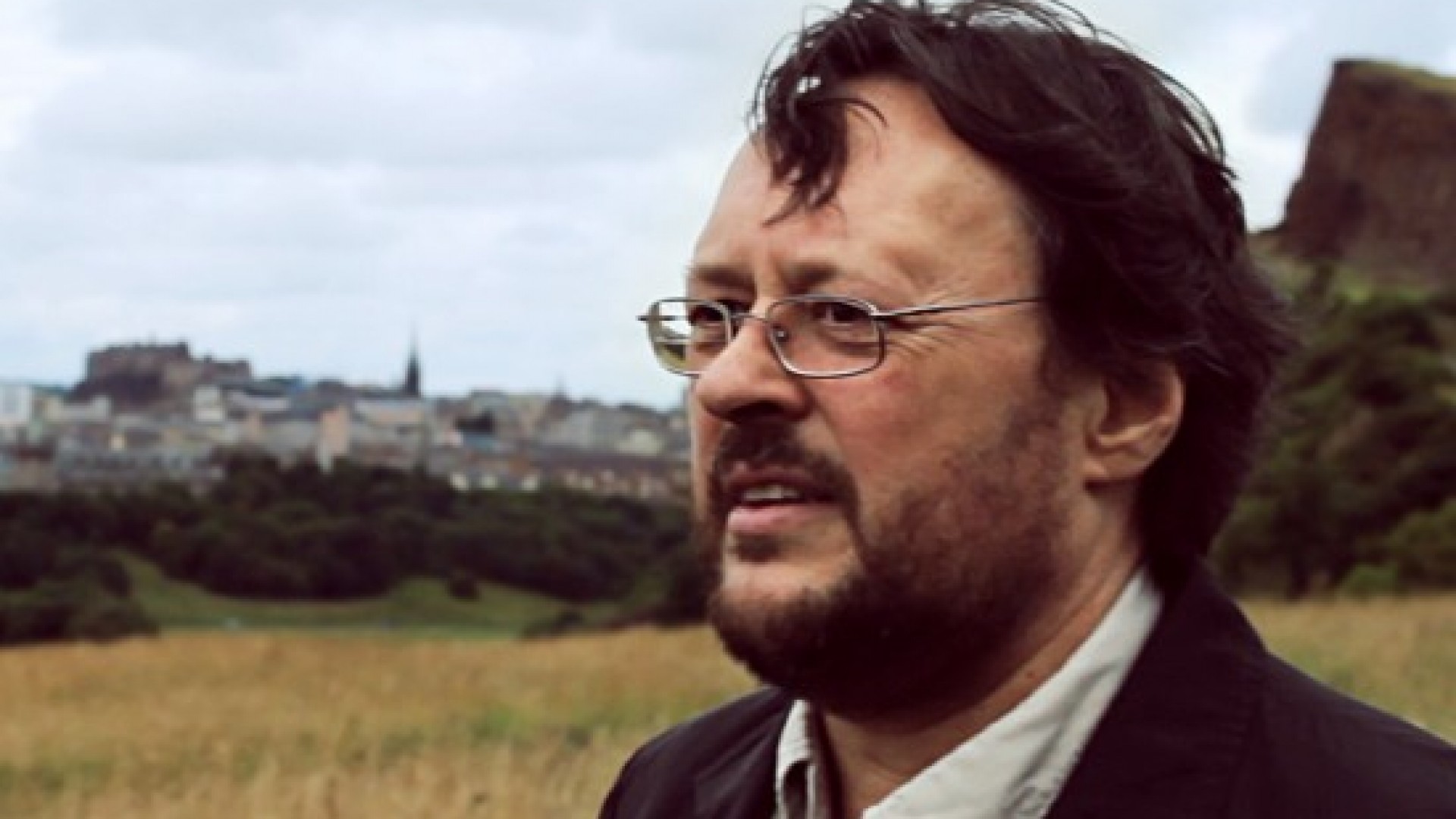
Posted on
December 19th 2011
Posted in
commentary
We asked leading UK lighting Designer Kevan Shaw this question: How could lighting legislation be changed to bring about improved sustainability outcomes?
This is what he said…
So far lighting legislation has been all about energy use. It has also been written not from the perspective of how to actually reduce the energy actually used by lighting schemes but from the perspective of limiting things that are easy to measure and quantify. The result of this approach is extremely challenging when you are trying to design from the perspective of the users needs, to deliver quality of light rather than quantity.
What we have now is legislation that aims to make only “efficient” light sources and equipment available. This has resulted in the ban on incandescent lamps and the removal from the market, in Europe at least, of older fluorescent lamp technology, particularly T12 lamps and magnetic control gear. Is this effective? If you are looking at energy use holistically then definitely not. The mantra associated with this approach :
“If you increase the efficiency of a lamp you will create a consequent, demonstrable, equivalent saving in energy in use for every application”
From Light’s Labour’s Lost has often proven to be fatuous. How many times has a higher wattage ”efficient” lamp been needed to replace a lower wattage “inefficient” lamp because a suitable substitute was not available or because some aspects of the “efficient” technology have fallen short of the lighting requirements such as instant start up or dimmability? How about electronic control gear in extremely hot or cold environments; does this work? No! How about the cost and waste associated with having to replace an entire lighting system because some types of lamps are no longer available?
The other strand is limitations on lighting power density. Does this do any better? Not really. It places limitations on design for flexibility. It is often desirable to have distinctly different schemes for lighting at different times of day. Not just different lighting levels but different colour temperatures, different surfaces being lit, different patterns of light, you name it we all want to do it sometimes. A total limitation on power density very effectively prevents overlaid schemes with different fittings serving different purposes that are required at different times.
What are the factors that determine lighting energy use? Admittedly reasonable efficiency of equipment is one thing however the biggest factor is time, after all a light that is switched off is consuming no power. Is there a measure that could be used to factor time into energy use? Astonishingly there has been since 2007, enshrined in EN15193, and is called the Lighting Energy Numeric Indicator (LENI). Why is it not the basis forlighting legislation? Well hopefully it will become the basis for UK building regulations from 2013 however it is being heavily resisted by some interests who do not see it as a route to selling the latest (and most expensive!) lighting equipment and those who will actually have to consider lighting design in respect of how spaces are used rather than just a jumble of numbers in a spreadsheet.
LENI may be the first tentative step towards measuring energy that is actually used in lighting, however we probably have a bigger mountain to climb. We really need to measure the light that actually reaches our eyes rather than comes out of light fittings and lands on notional horizontal planes, however that is another discussion!
Kevan Shaw has over 30 years experience in lighting design and is the director of Kevan Shaw Lighting Design based in Edinburgh. (http://www.kevan-shaw.com/)
